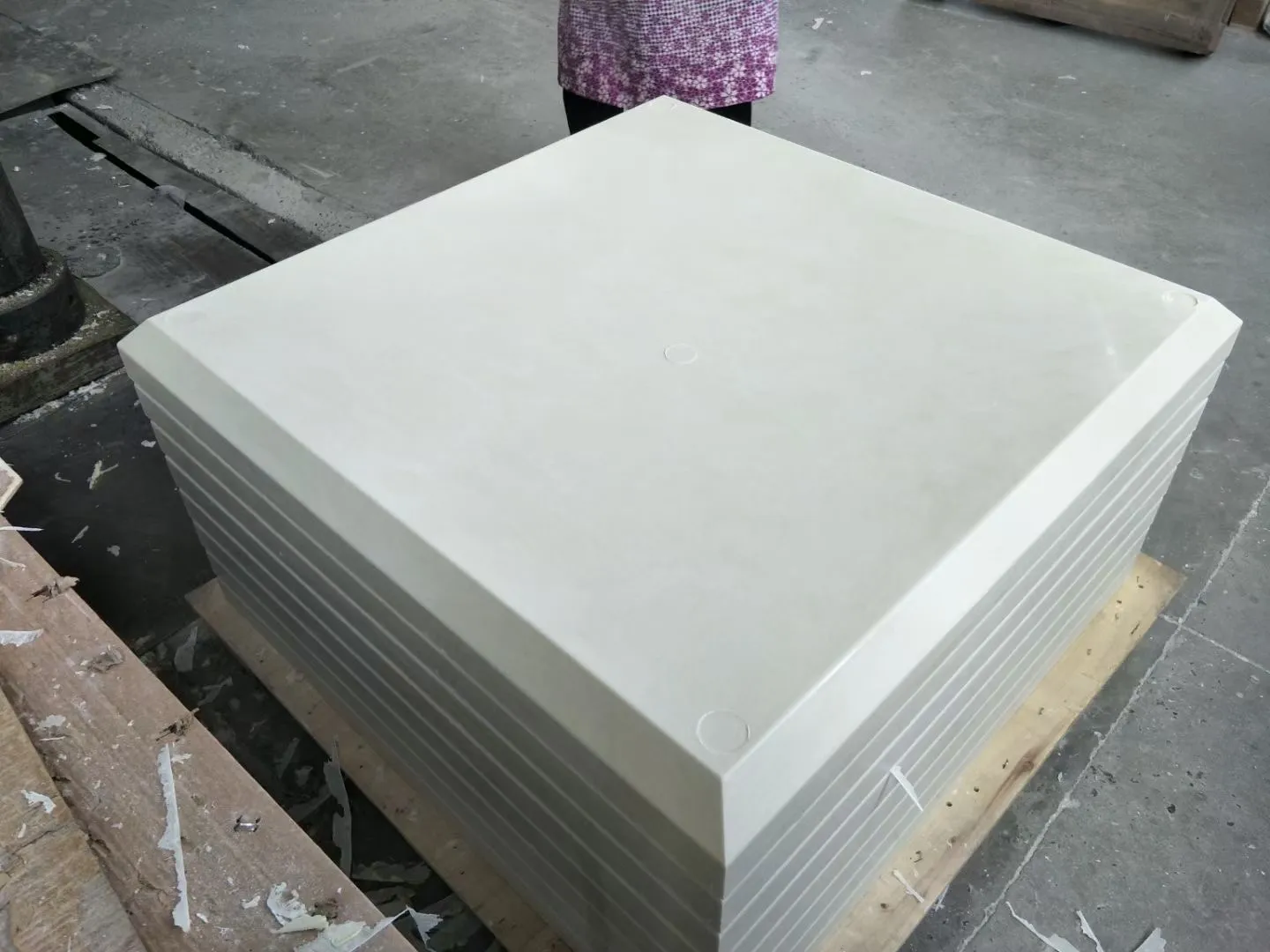loading...
- No. 9, Xingyuan South Street, Dongwaihuan Road, Zaoqiang County, Hengshui, Hebei, China
- admin@zjcomposites.com
- +86 15097380338
- Welcome to visit our website!
frp steel structure
The Utilization of FRP in Steel Structures A Sustainable Approach
Fiber-Reinforced Polymer (FRP) is emerging as a revolutionary material in the construction sector, particularly in the development of steel structures. The integration of FRP into steel construction projects is proving to be advantageous due to its lightweight, high strength, and corrosion resistance. These characteristics not only enhance the performance of steel structures but also contribute to sustainable construction practices.
Understanding FRP
FRP is composed of a polymer matrix reinforced with fibers, commonly glass, carbon, or aramid. This composition results in a material that boasts superior tensile strength and stiffness compared to conventional materials. Additionally, FRP is significantly lighter than steel, which means that its use can lead to reduced structural loads and lower transportation costs during construction.
Advantages of FRP in Steel Structures
1. Corrosion Resistance One of the most compelling benefits of FRP in steel structures is its outstanding resistance to corrosion. While steel is vulnerable to rust and degradation from environmental exposure, FRP materials remain unaffected. This quality extends the lifespan of the structure and reduces maintenance costs, as there is a diminished need for periodic inspections and repairs.
2. Lightweight Nature The lightweight properties of FRP facilitate easier handling, transportation, and installation. This can result in significant savings in terms of labor and machinery, making construction projects more efficient. Additionally, the reduced weight can lead to smaller foundation requirements, which further lowers construction costs.
3. High Strength-to-Weight Ratio FRP materials offer an impressive strength-to-weight ratio, enabling engineers to design more innovative and efficient structures. The ability to use less material while maintaining structural integrity can lead to more sustainable design practices and reduced use of raw materials.
4. Thermal and Electrical Insulation Unlike traditional steel, FRP has excellent thermal and electrical insulation properties. This characteristic makes it ideal for structures that require specific thermal conditions or where electrical conductivity needs to be minimized, such as in certain industrial applications.
frp steel structure

Applications in Steel Structures
The application of FRP in steel structures ranges from reinforcement to entire structural elements. For instance, FRP can be utilized to retrofit existing steel beams and columns, enhancing their strength and durability. It is also increasingly common to see FRP used in floor systems, bridges, and façade systems where traditional materials might be prone to corrosion or require substantial maintenance.
Moreover, engineers are exploring the use of FRP composites in hybrid structural systems that combine the advantages of both steel and FRP. These systems can achieve optimal performance by utilizing steel for load-bearing elements while employing FRP for secondary components, thus optimizing both cost and material use.
Challenges and Considerations
Despite its many advantages, the adoption of FRP in steel structures does come with challenges. The initial costs of FRP materials can be higher than traditional steel. However, this should be viewed in a lifecycle context, considering the long-term savings associated with reduced maintenance and extended service life.
Additionally, the design codes and standards for FRP applications are still developing. Engineers must be knowledgeable about these evolving guidelines to ensure safety and performance in their designs.
Conclusion
In conclusion, the integration of FRP materials into steel structures represents a significant advancement in construction technology. The lightweight, corrosion-resistant, and high-strength properties of FRP contribute to the efficiency and sustainability of modern engineering practices. As technology advances and industry standards evolve, the role of FRP in constructing resilient, enduring, and environmentally friendly steel structures is likely to expand, making it a pivotal component of future construction methodologies. As engineers and architects continue to explore the potential of FRP, these materials will undoubtedly play an integral role in shaping the future of the construction industry.
-
GRP Structures: The Future of Lightweight, High-Performance EngineeringNewsJun.20,2025
-
FRP Water Tank: High-Performance Storage for Corrosive and Clean Water SystemsNewsJun.20,2025
-
FRP Square Tube: The New Industry Standard for Chemical and Structural ApplicationsNewsJun.20,2025
-
FRP Pultruded Profiles: The Ultimate Choice for Lightweight Structural StrengthNewsJun.20,2025
-
FRP Handrails: The Safer, Smarter, and Stronger Choice for Modern InfrastructureNewsJun.20,2025
-
FRP Grating: The Smart Solution for Durable, Lightweight Industrial FlooringNewsJun.20,2025
-
Why Choose a Galvanized Water Tank for Your Storage NeedsNewsMay.21,2025
